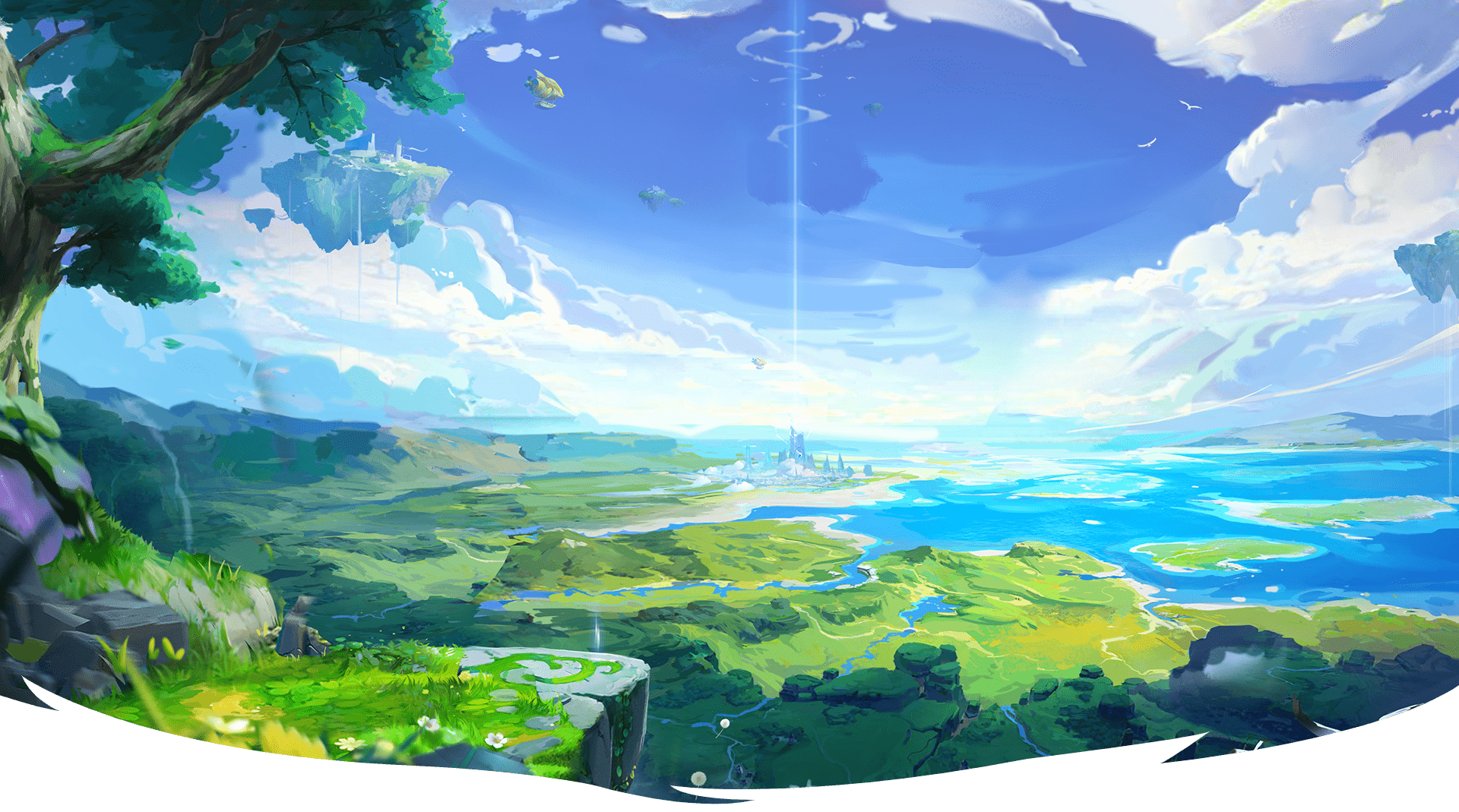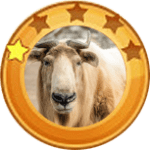- Home
- Shop
- Forest Series
- Grassland Series
- Desert Series
- Contact
- Home
- Shop
- Forest Series
- Grassland Series
- Desert Series
- Contact

Takin Series





Two Control Modes
1. Parental Remote-Control Mode (3 speeds): You can enjoy fun with your children together. 2. Battery Operate Mode (2 speeds): Your children can easily start the toy car with the push of a button and control it to move forward, backward or stop.
Kid-Friendly Designs
a. Soft start design prevents your kids from being scared by sudden acceleration. b. The retractable handle and wheels make it easy to move when it is not running. c. Spacious seat with safety belt ensures comfortable and safe riding experience.
Best Gift for Children
Our kids ride on police car is well-designed to fulfill your little one’s dream of becoming policeman. The flashing light, siren, megaphone, and police signs offers authentic experience to your children.
Enjoyable Ride
Equipped with headlights, music, and horn, this electric vehicle will make your baby’s ride more enjoyable. Moreover, the Bluetooth function, AUX port, USB interface and TF card slot also allow you to connect to your own device to play music. (TF car not included)


CHARACTERISTICS
The Chipmunk is a member of the family Mammalia, Rodentia and Sciuridae. It is also known as the Striped Squirrel, the Timber Tiger and the Mini-bear. The body length among most Chipmunks ranges from 5.5 to 6.3 inches and the tail length is 5 Inches. Chipmunks typically weigh about 0.02 pounds and live about 5 to 10 years. They have small but prominent ears which face forwards, and small eyes on the sides of their heads. Most wild Chipmunks are lively.


Lorem ipsum dolor sit amet, consectetur adipiscing elit. Ut elit tellus, luctus nec ullamcorper mattis, pulvinar dapibus leo.


CHARACTERISTICS

RANGE AND HABITAT

DIET

BEHAVIOR
Habits and Lifestyle
Each spring, Golden Takins gather in large herds and migrate up the mountains to the tree line, an altitude above 4,300 m (14,000 feet). As cooler weather approaches and food becomes scarce, they move down to forested valleys. Golden Takins use the same routes during movement throughout the mountains despite where they are going. This creates a series of well-worn paths through the dense growths of bamboo and rhododendrons that lead to their natural salt licks and grazing areas. Golden Takins have unique adaptations that help them stay warm and dry during the bitter cold of winter in the rugged Himalayan Mountains. Their large, moose-like snout has large sinus cavities that heats inhaled air, preventing the loss of body heat during respiration. A thick, secondary coat is grown to keep out the cold of the winters and provide protection from the elements. Another protection is their oily skin. Although Golden Takins do not have skin glands, their skin secretes an oily, bitter-tasting substance that acts as a natural raincoat in storms and fog.Mating Habits
The gestation period of takins has been reported to be around seven to eight months, resulting in the birth of one calf in the spring. Twins in Golden Takins are uncommon. Takins can live around 16 years in the wild and up to 20 in captivity.
The Chipmunk is a member of the family Mammalia, Rodentia and Sciuridae. It is also known as the Striped Squirrel, the Timber Tiger and the Mini-bear. The body length among most Chipmunks ranges from 5.5 to 6.3 inches and the tail length is 5 inches. Chipmunks typically weigh about 0.02 pounds and live about 5 to 10 years. They have small but prominent ears which face forwards, small eyes on the sides of their heads. Most wild Chipmunks are lively.
The Red Squirrel, a member of the Sciuridae, is an arboreal, omnivorous rodent often referred to as a Forest Seeder and folklore as the Devil King Squirrel.
The Arizona Gray Squirrel, also known as the American Gray Squirrel, is a member of the family Rodentia and Sciuridae. It is small in size, with gray fur and a belly between white and cream. It has long ears, no tufts of fur and a fluffy tail edged in white. The body is about 16-20 inches long and weighs up to 1.4 pounds.
The Rock Squirrel, also known as Sao Maozi or Stone Mouse, belongs to the rodent and is a species in the family Sciuridae. The most common natural predators of the Rock Squirrel include bobcats, owls, eagles and snakes. Though the Rock Squirrel is cute, alert, and courageous, it is still considered a pest due to its habit of destroying crops.
The Abert’s Squirrel is a member of the genus Sciurus with a body length of 18-22.8 inches, a tail length of 7.5-9.8 inches and a weight of 2.2 pounds, and can live up to 10 years in the wild. Its most distinctive feature is tassels of fur about 0.8-1.2 inches long at the tip of its ears, which looks very interesting. In addition, it is alert and agile.

How Chipmunk Got His Stripes



Follow Us: